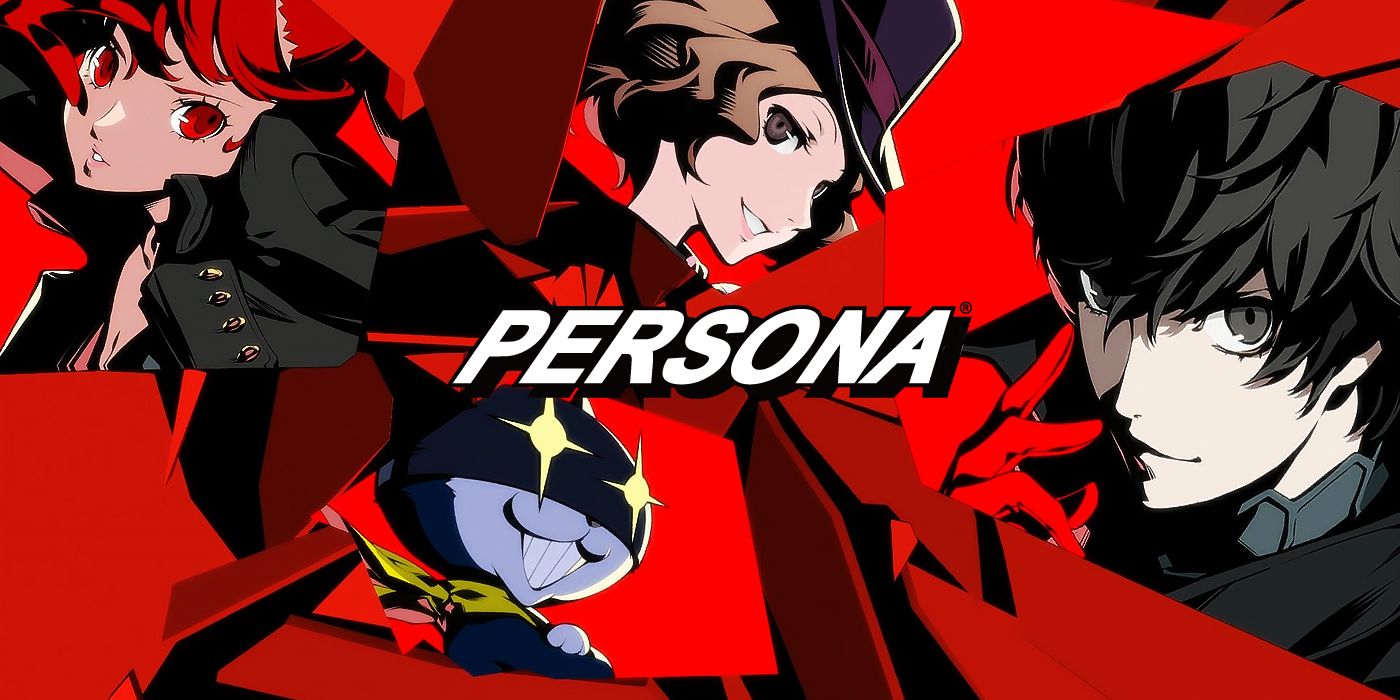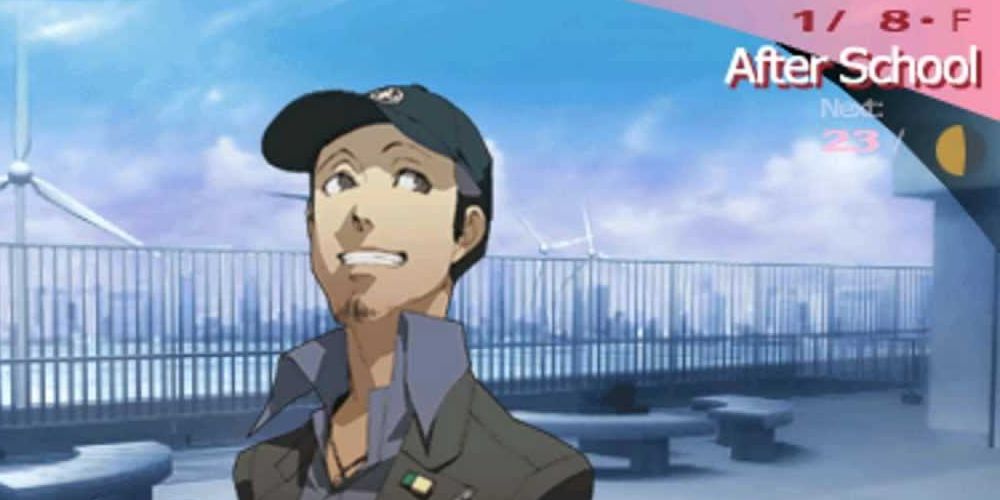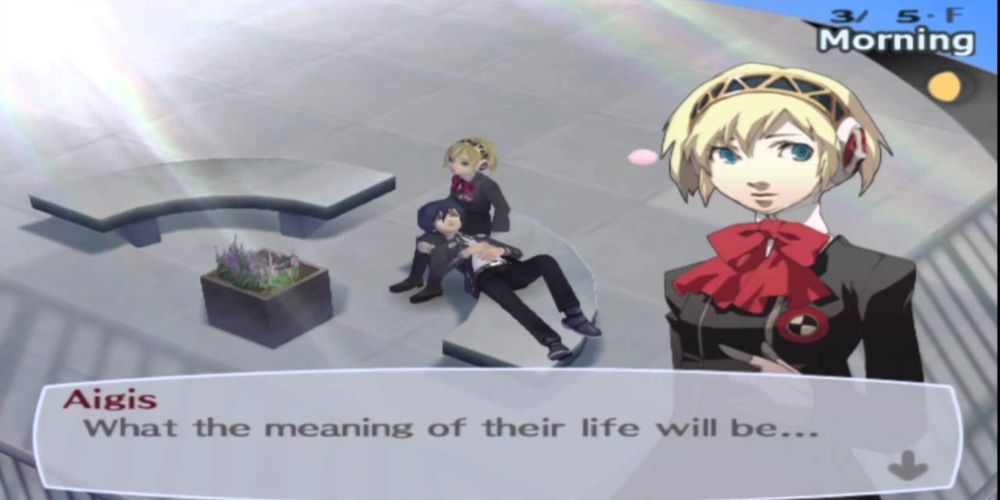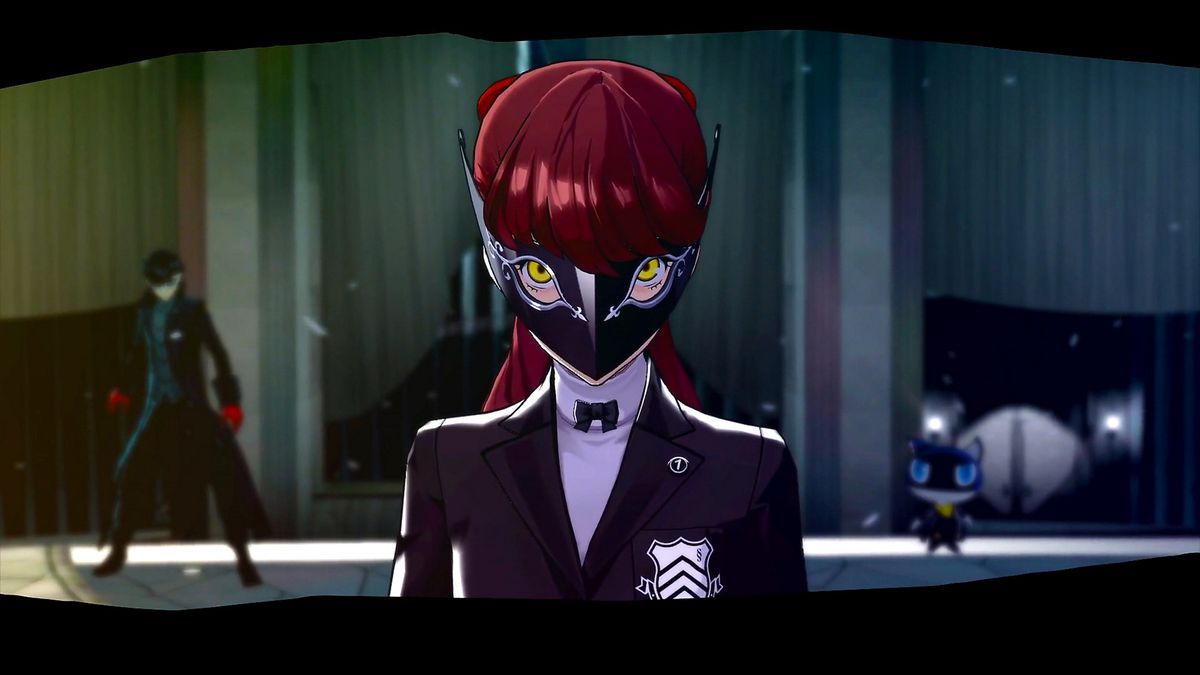Everyone and their Mother Harlot knows the Persona games as half-JRPGs, half-social simulators—but it wasn’t always that way. The first two entries in the series (technically the first three, since Persona 2: Innocent Sin and Persona 2: Eternal Punishment are two halves of one plotline) feature incredible stories, characters, and music, yet free time is much less “free” than it would be in future games. You can walk around freely, but there’s only so much to do outside of shopping for new equipment and sniffing out rumors.
It wasn’t until Persona 3—released a full 10 years after the first game—that the series allowed players to more or less schedule the protagonist’s everyday life, from study habits to club activities. Persona 4 and Persona 5 progressively worked out the kinks and added even more ways to fill in the gaps between battles, bolstering the franchise’s reputation and popularity worldwide. By the time Persona 6 comes out, who knows? There may be a mechanic dedicated to controlling the protagonist’s breathing patterns.
All jokes aside, it’s an amazing system, as enjoyable as it is rewarding. The best thing about it, however, is the Social Link aspect. (It was renamed Confidant in P5, but we’ll stick to the former for consistency’s sake.) Simply put, it’s who you choose to hang out with, gradually forming relationships both platonic and romantic—and it’s been the series’s most important feature ever since it was introduced.
Some spoilers for Persona 3, Persona 4, and Persona 5 ahead!
Persona games have their similarities, yet all explore vastly different themes. Not to overgeneralize, but P3 places heavy emphasis on mortality and its implications, P4 delves into the depths of the self and how we perceive others, and P5 examines the personal and societal ramifications of social ills. The main throughlines of each game do a wonderful job of fleshing out those themes for the most part, but Social Links are what really make them come alive.
In life, the people around us mold who we were, who we are, and who we become—for better or worse. Maybe a friend from elementary school got you hooked on soccer and you’ve been playing ever since. Maybe your parents’ cooking subconsciously influences the food you typically pick off the menu when you go out to eat. Maybe the specific way a teacher or professor discussed history forever changed the way you view politics. Everything, no matter how large or how small, is affected by this web of connections we’re constantly weaving, mending, and altering.
In a similar way, Social Links affect your in-game worldview—sometimes blatantly, sometimes subtly. Having silent protagonists can make the conversations feel one-sided, but that aside, spending time and forming bonds with others helps ground the games’ larger-than-life themes in intimate contexts.
Take Akinari Kamiki from P3. Should you choose to speak with him, you’ll quickly learn that an incurable genetic disease is slowly but surely killing him. The inevitability of it all eats away at him, every word that comes out of his mouth laced with despair. As you sit with him, though, admiring the beauty of the changing seasons at Naganaki Shrine, he comes to realize that “the meaning of our lives is something that we make but don’t see.” It’s a perfect fit for the game’s focus on death, poignantly reminding us that though the grim reaper doesn’t discriminate, we still get to choose what to do with the time given us. It’s hard not to think of Akinari, along with many of the other Social Link characters, as P3’s end draws near.
Not every Social Link is so successful in turning Persona’s big ideas into personal stories, of course (lookin’ at you, Kenji Tomochika, Shu Nakajima, and Shinya Oda), but then, not everyone you meet in life affects you in profound or unexpected ways. That’s not an excuse for bad writing, as there are also a few Social Links that are just fun to do—nothing more, nothing less. Many of them, however, hammer home how individuals are affected by what’s happening around them.
Without that personal connection, it’s all too easy to slip into apathy—to believe that just because something isn’t happening to you, it isn’t happening at all. Even after you pass the “seeing is believing” threshold, it can be difficult to know what you can (or even should) do next. That sort of hopelessness often grows as Persona stories progress (they are JRPGs, after all, which means there’s always going to be some god-like being to defeat), but seeing how smaller-scale problems can be overcome through Social Links is often what helps you push through.
That’s even true in a gameplay sense. By “maxing out” a Social Link, you gain new abilities and open up the door for stronger Personas. It’s very “you scratch my back, I’ll scratch yours”—yet it’s more than that simple give and take. Unless you’re playing Persona purely for the gameplay and don’t care who you hang out with so long as you get the best upgrades, Social Links rarely (if ever) feel transactional. If they did, they wouldn’t be nearly as impactful.
The impact isn’t always immediate, but sometimes that’s the point. Like real people, certain characters are harder to bond with than others—like P4’s Ryotaro Dojima. He’s a difficult person to even want to hang out with, because not only is he the protagonist’s uncle (as opposed to other characters closer to the protagonist’s age), and not only do they just meet as the game begins, but because he’s kind of an asshole. Dojima’s a workaholic’s workaholic, often leaving his daughter Nanako at the drop of a hat to take care of everything—schoolwork, housework, herself—on her own. Did I mention Nanako’s, like, six or seven years old? No? Well, she is. Do Ryotaro and Nanako’s Social Links, however, and you’ll pry the cracks in the Dojima family wide open, exposing all the implicit and explicit wounds therein. The buildup is agonizing, but the payoff is worth it—and ties in beautifully to P4’s themes of self vs. self and self vs. other.
Choosing to spend time with a 40+ year-old cop and a grade schooler when you’re a high schooler trying to make friends and protect the world is quite an investment, but so are all relationships. Maintaining relationships is a whole other story—one P3 mercilessly tackles with its reversal mechanic, which weakens Social Links if you leave the character alone for a while or say the wrong thing. Either way, investing in something—in someone—makes everything else feel a little fuller. Like without this crucial piece, the larger world of Persona wouldn’t feel complete.
That, ultimately, is the majesty of Social Links: their ability to bring everything into perspective. Even Social Links that have little to no direct link with the main story, like Sadayo Kawakami from P5, allow us to look outward by first looking inward—by listening and understanding. It’s a shame other games don’t have similar systems, but that’s part of what makes Persona so special.




